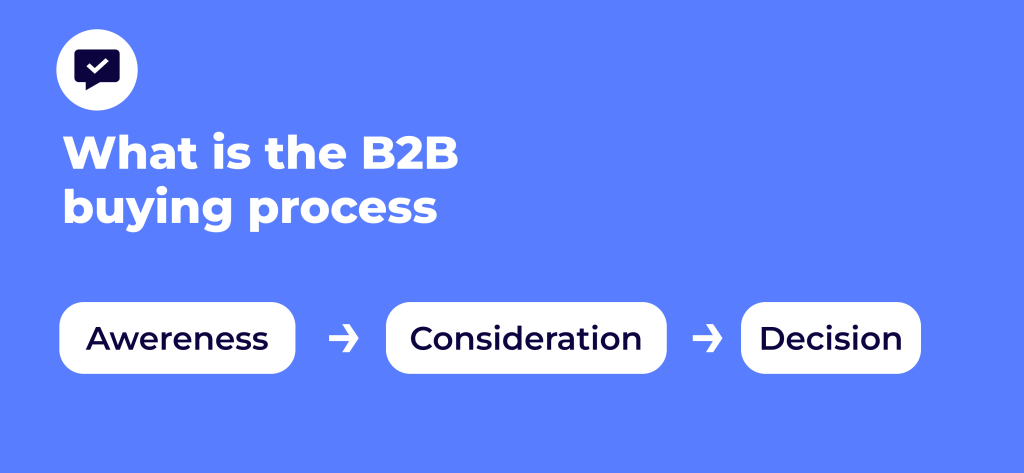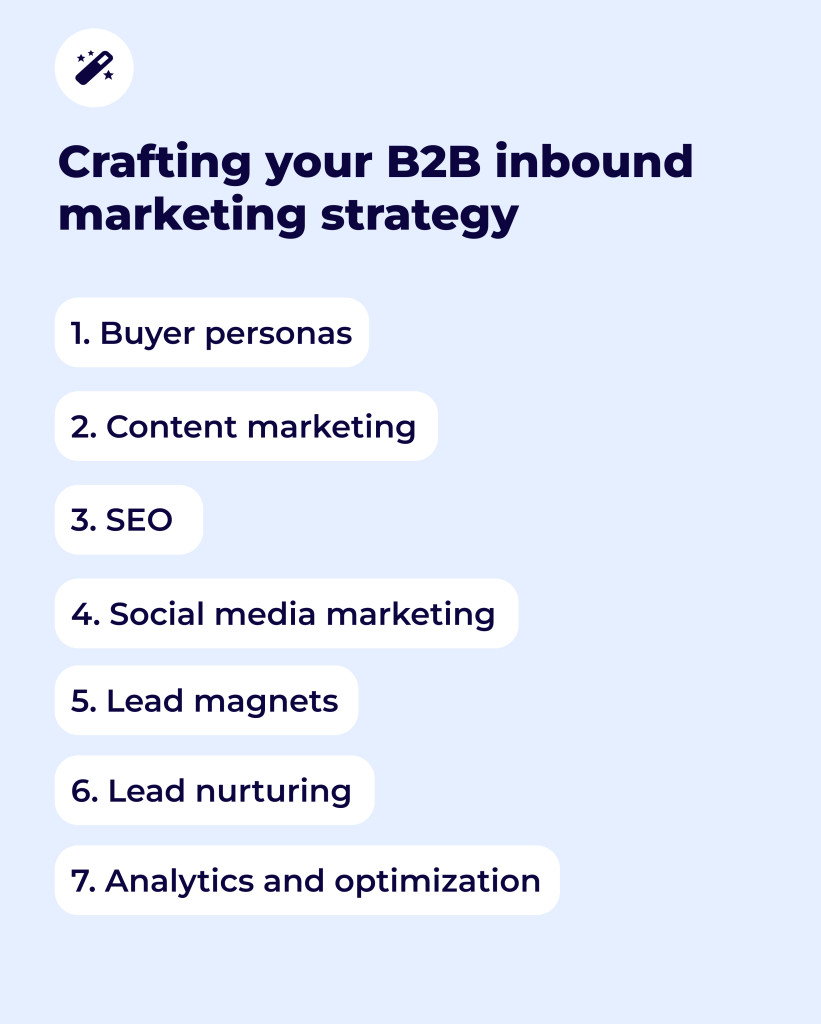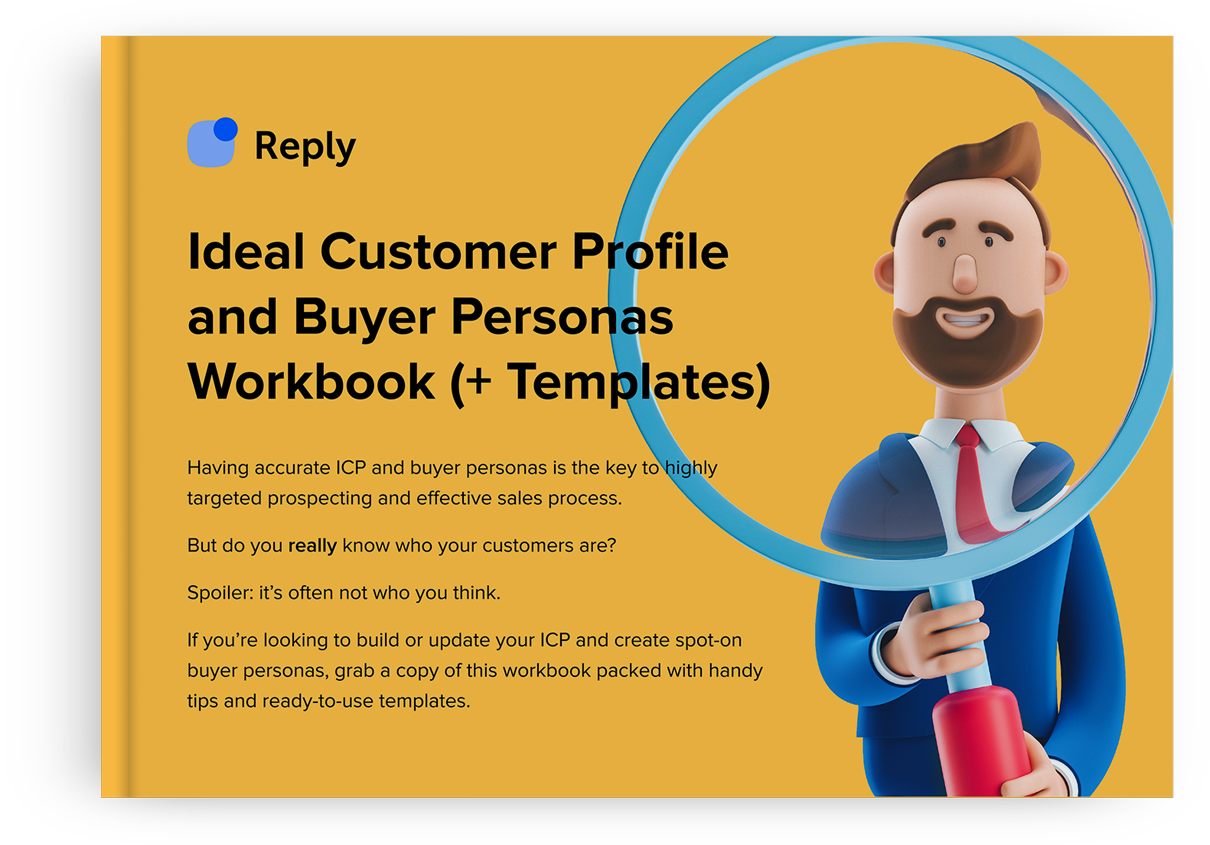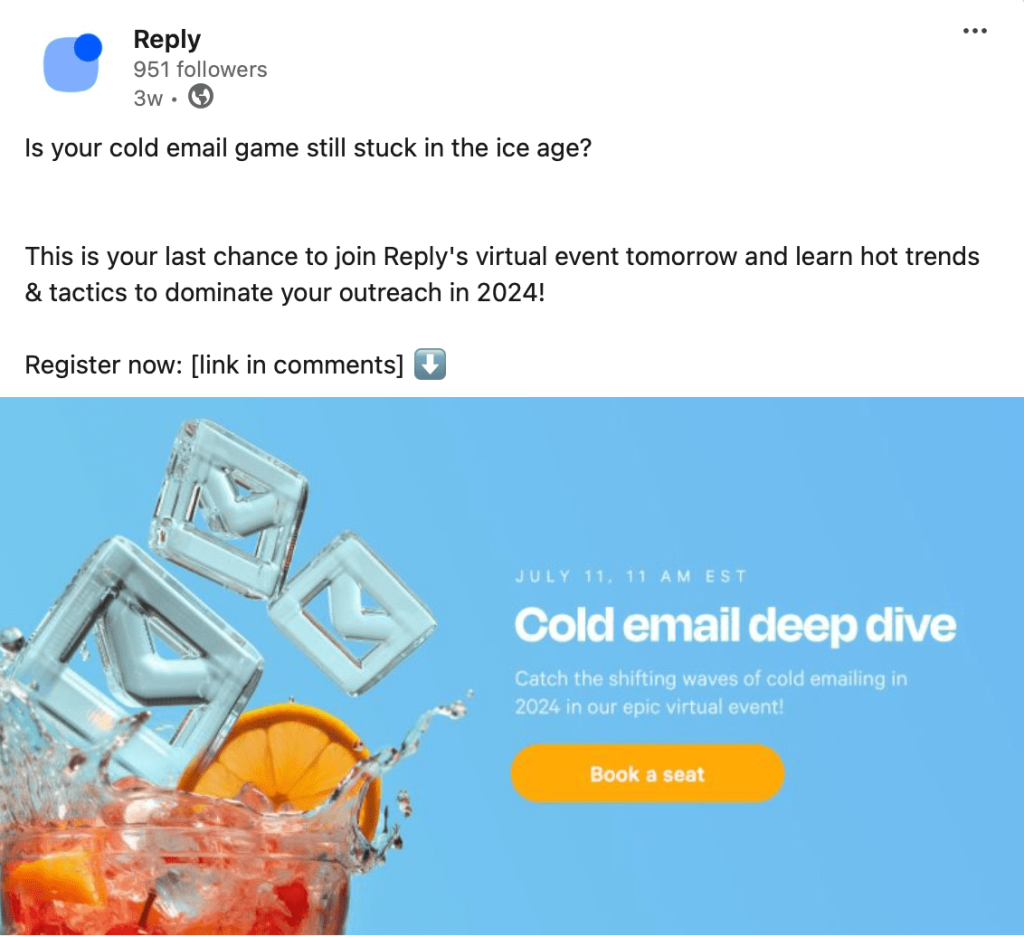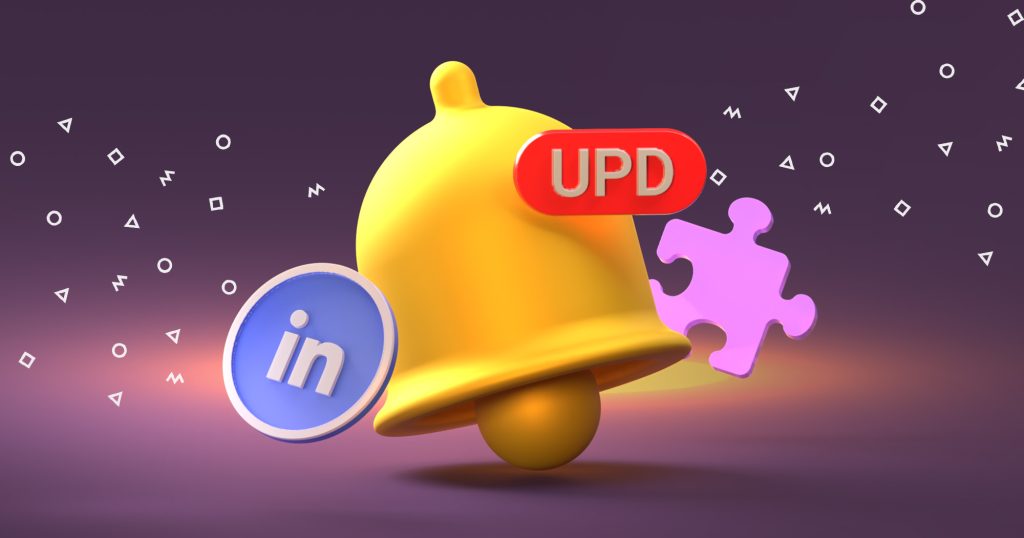Content marketing
It’s often said — content is king, and it couldn’t be more true when it comes to inbound marketing.
Think about any purchase you’ve made recently, I can almost guarantee that you first read an article or two about how the product works, the best options on the market, or both. Well, so do the majority of B2B buyers, over 70% according to LinkedIn.
Leaning back to the stages of the buyer journey, your inbound marketing content strategy should be aligned with each stage, providing relevant and valuable information to help educate buyers and answer their questions.
For instance, in the awareness stage—focus on educational content about your market, common pain points, common solutions, etc. In the consideration stage—create solution-oriented content that goes more in-depth about how certain products (like yours) can resolve those pain points. And in the decision stage—bring out the guns and showcase how your product is a great solution.
Your content strategy could entail blog articles, eBooks, videos, how-to tutorials, infographics, case studies, and the list goes on and on. The trick here is to not use any tricks, and instead, focus on always generating quality content that is beneficial to your audience, staying truthful, and prioritizing value over pushing the sale.
To make your content even more visible and secure those top Google positions, make sure to include guest posts, linkbuilding, and SEO into your strategy (more on that shortly).
Marketing teams can leverage numerous tools to enhance their content efforts, for instance, Canva to create graphic content, infographics, branded images, templates, and so on.
Additionally, why not leverage some of the awesome generative AI writing tools out there like Writersonic to assist you in this? The key word is ‘assist’ though, because in case you didn’t know, Google really really doesn’t like 100% AI-written content, and will punish you for it.
You can also consider to embed Instagram feed on your website to make your content more engaging and real-time, providing a direct connection with your audience and showcasing genuine content, which enhances content visibility and boosts audience engagement.
Just remember, content is about creativity, so don’t be afraid to think outside the box when thinking about how to provide valuable content to your audience. At Reply.io for instance, we’ve recently created our very own Cold Outreach Course for those looking to level up their outreach skills:


